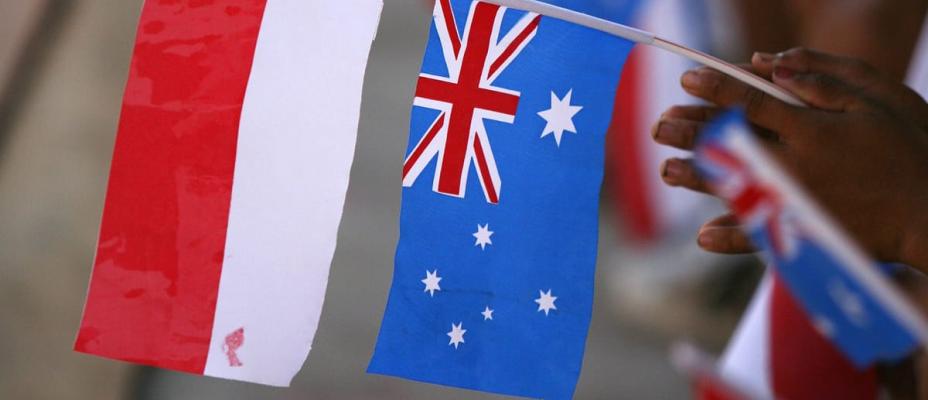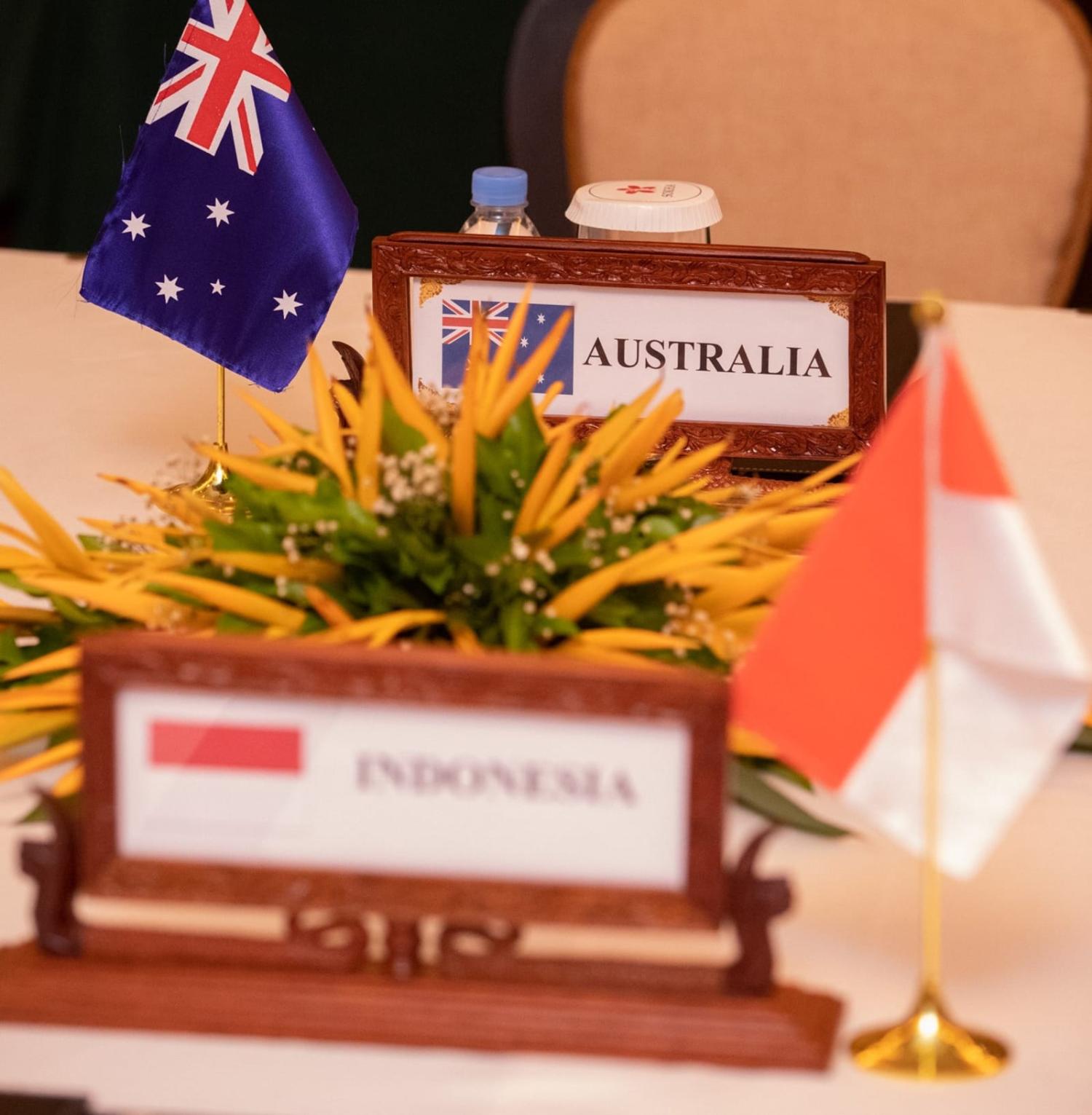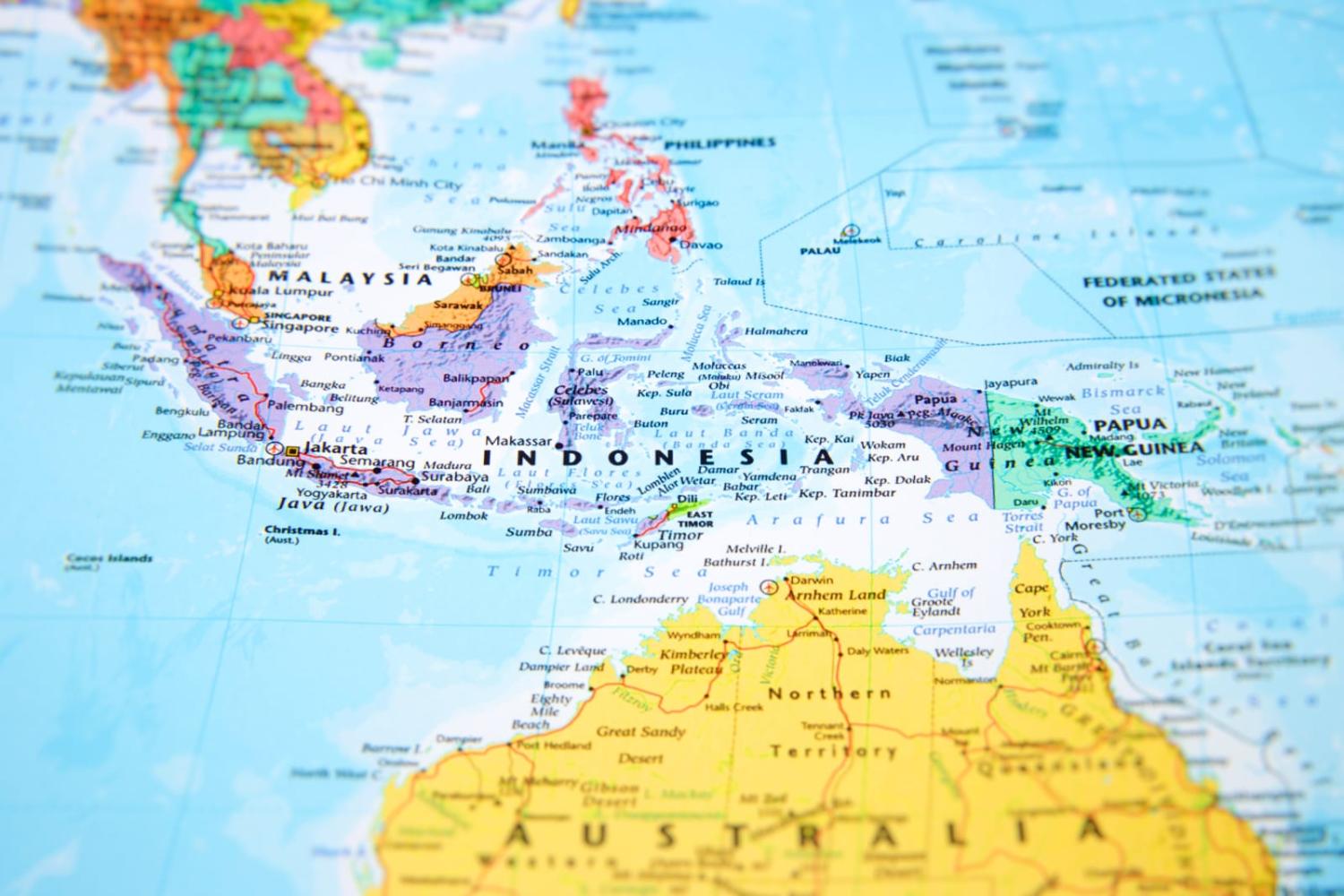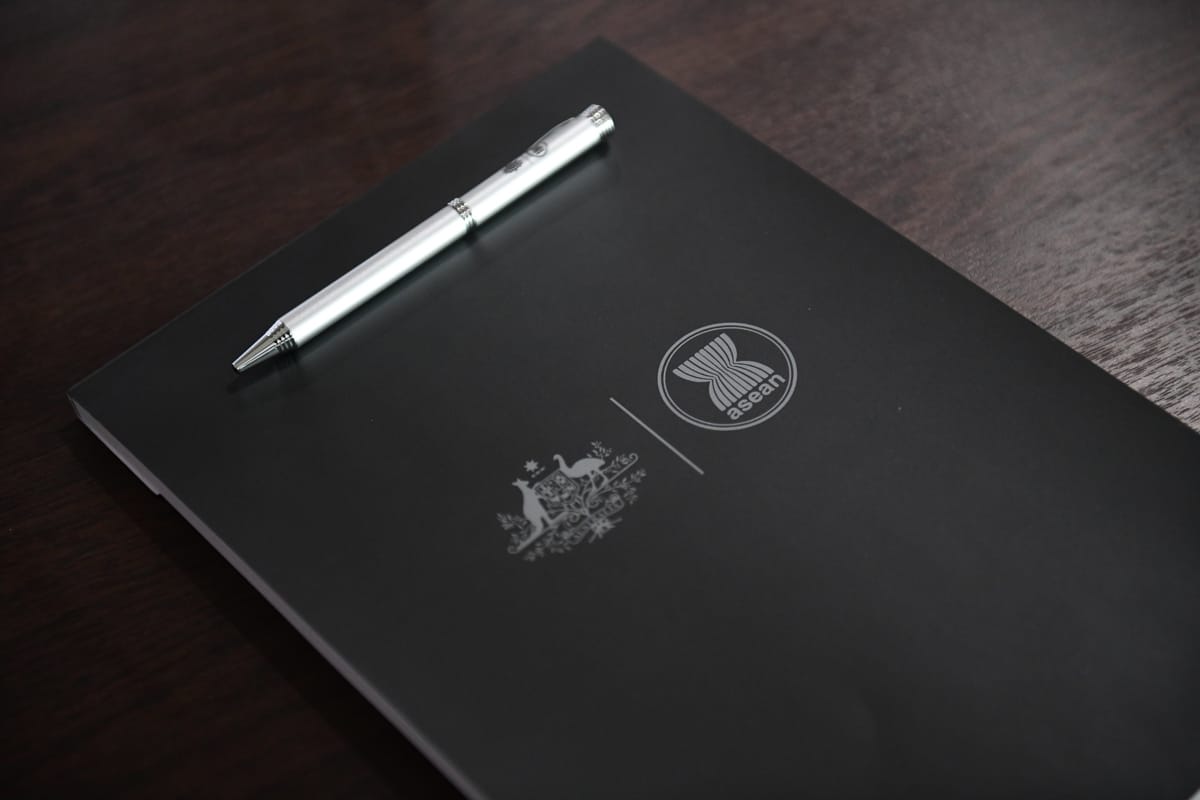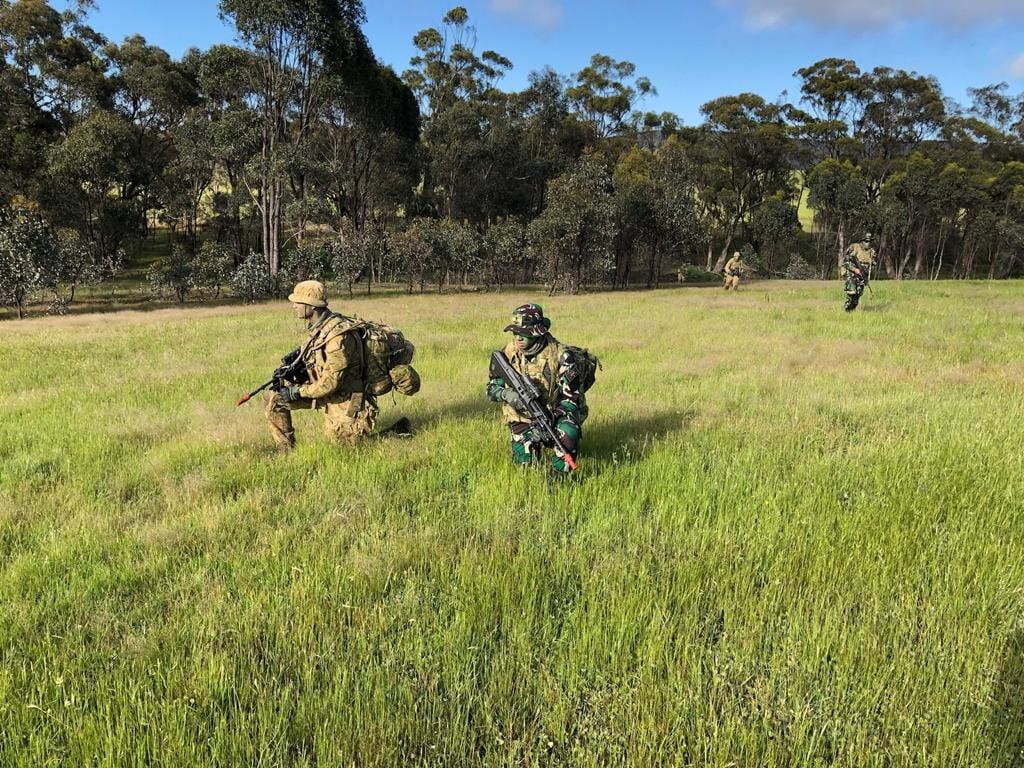In his essay for The Interpreter, Evan Laksmana set out three key sources of divergence between Indonesia and Australia: views of the United States, tensions between the role of ASEAN and new minilateral institutions such as the Quad, and the inability of defence cooperation to bridge these divides.
This essay provides a contrasting perspective, exploring how rapid shifts in Australian policy over the past decade have the potential to increase this divide further in the decades ahead.
The first shift is in Australia’s series of decisive moves to support an increased US military presence on Australian territory. Australia’s view of the United States has not changed, seeing its commitment to Asia as underwriting regional security and enabling prosperity. Australia has been consistent in seeking to encourage the most robust possible US commitment to the region. This stands at odds with the predominant view in Jakarta identified by Laksmana: that the United States military presence in the region is not necessarily a net positive, nor a guarantee of regional security.
Yet over the past decade, Australia has moved decisively to support a US military presence in new, practical ways. Beginning in 2012, Australia sought to facilitate the US military rebalance to Asia by hosting the US Marine Rotational Force in Darwin. In 2021, Australia and the United States committed to “significantly advance” force posture cooperation across air, maritime and land domains. Central to this is a bilateral commitment to establish new combined facilities for logistics, sustainment and maintenance to support high-end warfighting and combined military operations. The first two practical manifestations of this policy will be expanding Tindal airbase in the Northern Territory to enable the regular deployment of US B-52 bombers and the use of HMAS Stirling in Western Australia to host rotational presence of nuclear-powered submarines from the United States and United Kingdom. Analyst Ashley Townshend describes this latter development as highlighting a “tectonic shift” in the US-Australia alliance.
At the core of Australia’s changing approach to the Indo-Pacific is a shift in its view of China. Just 11 years ago, the Gillard Labor government published its “Australia in the Asian Century White Paper”. It’s key, optimistic, message: “the rise of Asia provides great opportunities for Australia”.
Australia did not altogether overlook the risk that China’s economic rise would alter the regional strategic balance in unfavourable ways. Yet the framing of the 2013 Defence White Paper, just a year later, is instructive. The White Paper warned that relationship between the United States and China would determine Australia’s strategic environment more than any other single factor over the coming decades.
While Australia’s 2016 Defence White Paper, and 2020 Defence Strategic Update (DSU) maintained a focus on the relationship between the United States and China as a key factor shaping the regional environment, the DSU marked a shift. It clearly identified China as the root cause of instability, noting that Beijing had become more assertive in its pursuit of greater regional influence. The DSU also identified “the potential for actions, such as the establishment of military bases, which could undermine stability in the Indo-Pacific and our immediate region.”

Australia’s 2013 perspective, focusing on US-China relations, rather than China’s unilateral actions, as the potential source of regional instability, is similar to contemporary Southeast Asian perspectives. These continue to frame the regional challenge more in terms of “great power competition” than as the product of China’s behaviour.
This changing view of China is the driver of Australia’s interest in “minilateral” security arrangements, identified by Laksmana as one of the sources of divergence with Australia. His analysis suggests that Australia’s statement that it can support both ASEAN centrality, alongside new groupings such as the Quad, does not “cut through” with Indonesia. How Australia manages the message that the Quad sits “alongside” support for ASEAN will be a key test when it hosts the Quad summit next month.
A third shift is in Australia’s growing intention to project force at greater distance. While the decision to acquire nuclear-powered submarines under AUKUS has raised concerns in Indonesia, this is just one part of a broader agenda to increase the lethality and long-range strike capabilities of the Australian Defence Force. The DSU emphasised that Australia sought the ability “to hold adversary forces and infrastructure at risk further from Australia”. That the DSU attracted a positive response from Indonesia’s defence ministry perhaps gave Canberra a degree of confidence that the intention of its policies was welcomed in Jakarta.
Defence Minister Richard Marles’ term “impactful projection,” is a concept that some commentators have plausibly argued returns Australia to a new version of the “Forward Defence” policy, in which Australia’s own territorial security was seen as indivisible from broader regional dynamics. The predominant view among Australia’s defence leadership and expert commentators, recently endorsed by Foreign Minister Penny Wong, is that technological changes mean Australia must be capable of projecting its power at distance in order to protect itself; that a strict distinction between capabilities to defend Australia or project power into the region no longer holds. It is unsurprising that Indonesia is seeking to understand what this shift could mean for its security, even if it is well understood that deterrence of China is Australia’s objective.
In this context, AUKUS has led some in Indonesia to question whether Australia’s future nuclear-powered submarines should be permitted to transit through Indonesian archipelagic sea lanes. While it’s not clear how widely held this view is in Indonesia, the prospect of such a declaration from Indonesia in the event of a Taiwan contingency worries Australian policymakers, because it would represent an interpretation of “neutrality” closely aligned with China’s interests.

Australian policy has shifted quickly over a short period of time. Yet in communicating these changes to regional partners such as Indonesia, Australia tends to downplay the extent of change in its approach, emphasising that deteriorating strategic circumstances necessitate change, and that Australia is responding to, rather than instigating, a change in regional dynamics. For example, during a July 2022 speech in Singapore, Wong described nuclear-powered submarines as not a new capability in the region. Her speech to the Press Club in Canberra this week described AUKUS as “an evolution of our relationships with the US and the UK”. Both of these statements, while accurate, soft-pedal the significance of AUKUS.
Laksmana rightly argues that Australia hopes that defence cooperation between the two countries can help build longer-term understanding between the two sides. The recent announcement that the two sides would seek to upgrade their defence cooperation in a treaty-level agreement, with new commitments on reciprocal access and increased dialogue reflects this ambition.
Australian officials are appropriately realistic about this prospect in the short-term, focusing their energies on areas where momentum may be more positive, for example, in growing economic ties between the two countries. This pragmatism, however, needs to co-exist with deeper and more open-ended strategic dialogue between the two countries about the prospect of divergence, and how this will be managed.
